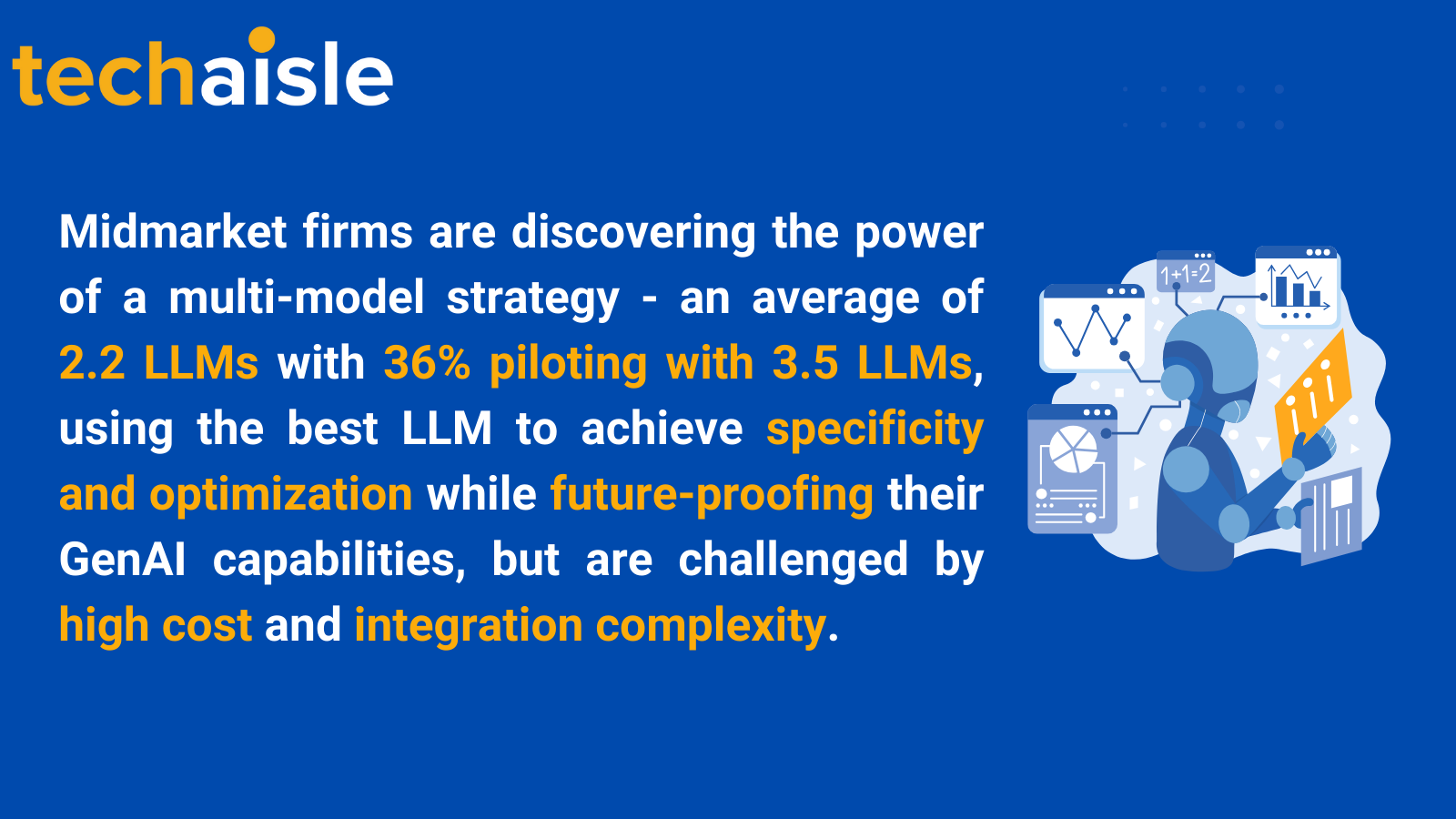The cybersecurity landscape is a relentless storm. For Small and Medium Businesses (SMBs) and Midmarket enterprises, navigating this storm is becoming increasingly complex. Limited resources, widening attack surfaces due to digital transformation, and a sheer volume of sophisticated threats create a challenging environment. Historically, many businesses adopted a "best-of-breed" approach, selecting individual point solutions for specific security tasks – a firewall here, an endpoint protection tool there, perhaps a separate email security gateway. While logical on the surface, this strategy is showing its age and limitations.
New Techaisle survey data (Techaisle SMB & Midmarket Security Adoption Trends) reveal a significant and growing trend: a clear shift in preference towards end-to-end security platforms, particularly as businesses scale. While the smallest companies still lean towards point solutions, the momentum across the broader SMB and Midmarket segments is undeniably moving towards integrated platforms. This shift isn't arbitrary; it's a strategic response to the operational realities and escalating security demands these businesses face.
This post delves into the Techaisle data, explores the compelling reasons driving this platform preference, and highlights how leading vendors, such as Palo Alto Networks and Cisco, are addressing this need with their evolving platform strategies.
Decoding the Data: A Clear Trend Emerges
The Techaisle SMB & Midmarket survey data paints a nuanced picture, directly correlating company size with security solution preference:
- The Smallest Businesses (1-9 employees): These micro-businesses exhibit the strongest preference for task-specific, best-of-breed solutions, with 56% favoring this approach, compared to 44% who prefer end-to-end platforms. This often reflects simpler IT environments, potentially tighter budgets favoring incremental purchases, and perhaps a perceived ease of managing distinct, single-function tools when the overall infrastructure is limited.
- The Growth Transition (10-99 employees): As companies enter the core small business segment, the preference for point solutions remains dominant, peaking at 74% for the 50-99 employee bracket. However, the foothold for platforms is strengthening, indicating that even at this size, the complexities prompting platform consideration are beginning to surface for over a quarter of businesses.
- The Midmarket Shift (100-999 employees): This segment marks a significant inflection point. While core midmarket (100-999 employees overall) still shows a majority (62%) leaning towards point solutions, the preference for end-to-end platforms rises substantially to 38%. Within this, the preference for platforms increases steadily with size, ranging from 32% for 100-249 to 40% for 250-499 and 42% for 500-999. The demands of managing a more complex infrastructure are clearly pushing businesses towards integration.
- Upper Midmarket & Beyond (1000+ employees): Here, the preference decisively tips towards platforms. In the 1000-2499 employee range, 46% prefer platforms, rising to 52% (a majority) for the 2500-4999 bracket. Aggregated, the Upper Midmarket (1000-4999) sees 49% favoring platforms. For these larger organizations, the benefits of integration, visibility, and centralized management become paramount.
- Overall View: While the overall SMB segment (1-999 employees) technically shows a 65% preference for point solutions due to the weight of the smaller company brackets, the Midmarket segment (100-4999 employees) demonstrates a much stronger inclination towards platforms, nearing parity and showing a clear preference in the upper tiers.
The overarching narrative is clear: as organizations grow in size and complexity, the perceived value and practical necessity of an integrated security platform increase significantly.
Why the Pivot to Platforms? Drivers of the Shift


















